Submitting Income Tax Updates for Making Tax Digital
HMRC’s Making Tax Digital (MTD) initiative is transforming the UK tax system by requiring taxpayers to maintain digital records and submit income tax updates quarterly. This comprehensive guide aims to help businesses and landlords comply with MTD for Income Tax Self Assessment (ITSA), ensuring accuracy in their tax affairs.
Understanding Making Tax Digital (MTD)
The MTD initiative from HMRC is a fundamental shift in the tax system, emphasising digital record-keeping and online updates. From April 2026, self-assessment taxpayers with business or property income above £10,000 must comply with MTD for Income Tax (MTD for ITSA). These requirements include keeping digital records and submitting quarterly updates to HMRC.
What is ITSA in MTD for Income Tax?
Income Tax Self Assessment (ITSA) is a component of the MTD for income tax. It involves individuals and landlords submitting a self-assessment tax return to HMRC annually. Under MTD, however, the current self-assessment tax return will be replaced by a system of quarterly updates and an end-of-period statement. This change will provide a more real-time view of the tax position and help taxpayers get their taxes right.
How do I send quarterly updates?
To adhere to the MTD for income tax rules, individuals must keep digital records of their income and expenses and then send a quarterly update to HMRC via approved MTD software. This procedure makes tax affairs more transparent and gives a clear overview of one’s tax obligations during the tax year.
Preparing for MTD for Income Tax
To prepare for MTD, businesses and landlords should adopt digital record-keeping practices. This involves using digital tools to record all real-time income and expense transactions. For instance, Landlords with property income will need to digitise their rental income and expenditure information.
Complying with MTD also means understanding the MTD income tax rules, quarterly updates, and the end-of-period statement. To become familiar with the system, it’s essential to start using MTD-compatible software as early as possible. If necessary, consult with a tax adviser for guidance on preparing for MTD.
Finalising Business Income under MTD
At the end of the tax year, taxpayers must submit an end-of-period statement to HMRC to finalise their business income. This includes any necessary tax and accounting adjustments, such as capital allowances or losses. After submitting the statement, HMRC will generate a tax calculation to show the final tax liability for the relevant tax year.
In conclusion, MTD significantly changes how businesses and landlords report their income to HMRC. With proper preparation and an understanding of the requirements, MTD can streamline tax management, ensuring more accurate and timely submissions.
Key Points to Remember:
- MTD for ITSA applies from April 2026 to those with business or property income over £10,000.
- Digital record-keeping and quarterly updates to HMRC are mandatory under MTD.
- Preparation for MTD involves understanding the new requirements and adopting digital tools.
- An end-of-period statement finalises the tax position at the end of the tax year.


Request a call back
Let us know when you would like us to call you back by filling in this form:
Our 5 Star Reviews



Latest News

Making Tax Digital 2023: MPs Criticise Delays and Complexity
Explore the challenges and impacts of the UK’s Making Tax Digital initiative, including delays and the cost burden on taxpayers.

Making Tax Digital: Small Business Review
Making Tax Digital Small Business Review 2023: Understanding the Basics and Preparing for Change Introduction to Making Tax Digital (MTD) Since 1948, Jack Ross Chartered

Making Tax Digital: The Rising Costs and Challenges
Making Tax Digital: The Rising Costs and Challenges Introduction Making Tax Digital (MTD), the ambitious initiative by HM Revenue & Customs (HMRC) to digitise the
